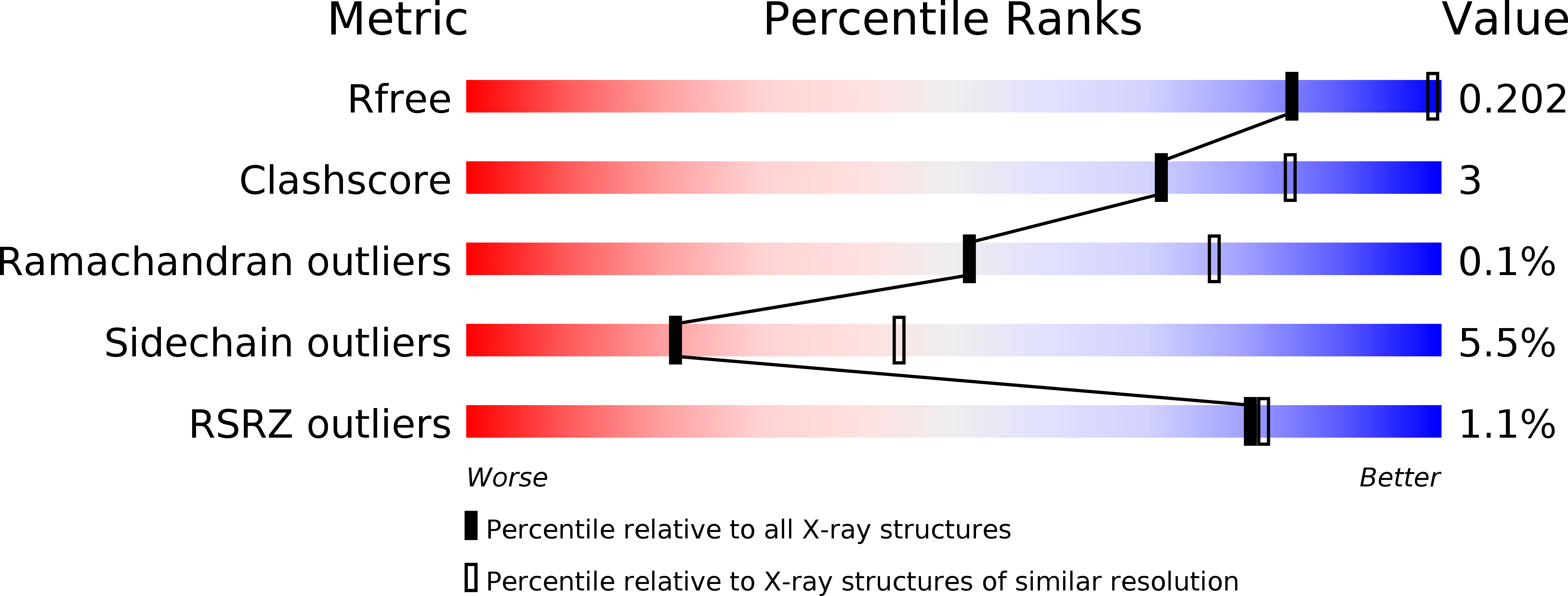
Deposition Date
2011-12-22
Release Date
2012-01-25
Last Version Date
2025-03-26
Entry Detail
PDB ID:
3V8E
Keywords:
Title:
Crystal structure of the yeast nicotinamidase Pnc1p bound to the inhibitor nicotinaldehyde
Biological Source:
Source Organism:
Saccharomyces cerevisiae (Taxon ID: 559292)
Host Organism:
Method Details:
Experimental Method:
Resolution:
2.71 Å
R-Value Free:
0.20
R-Value Work:
0.18
R-Value Observed:
0.18
Space Group:
H 3


